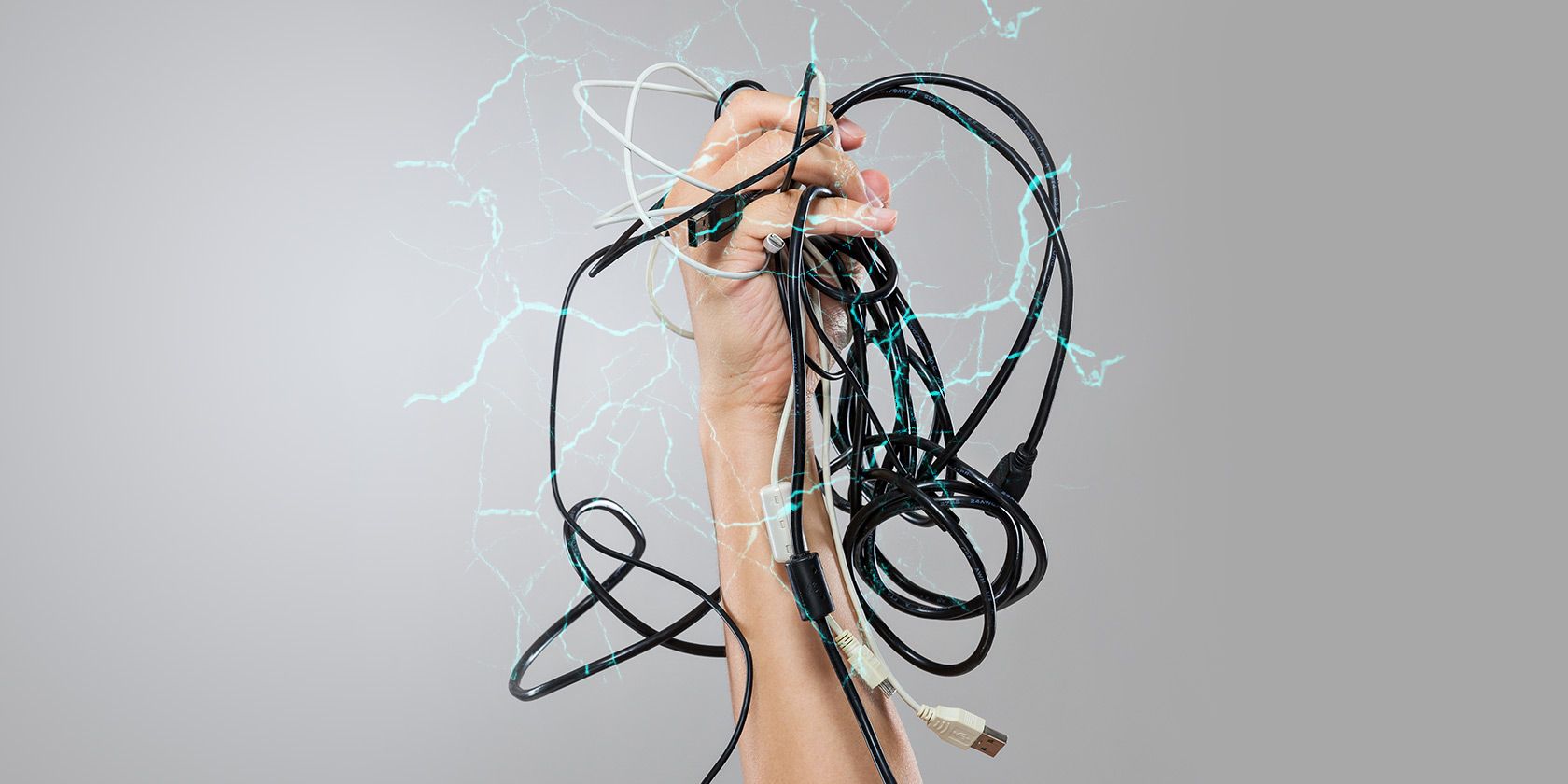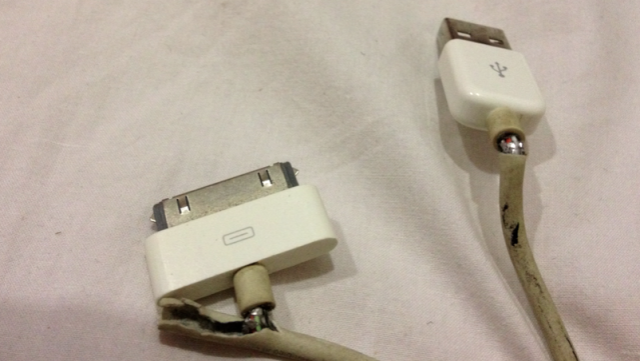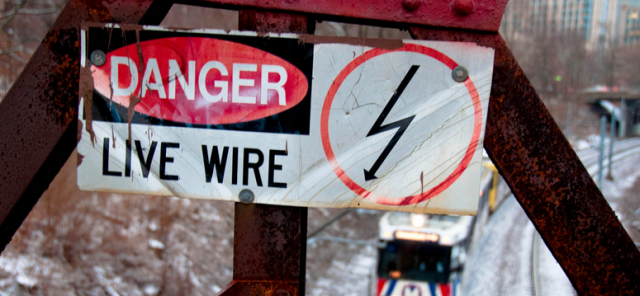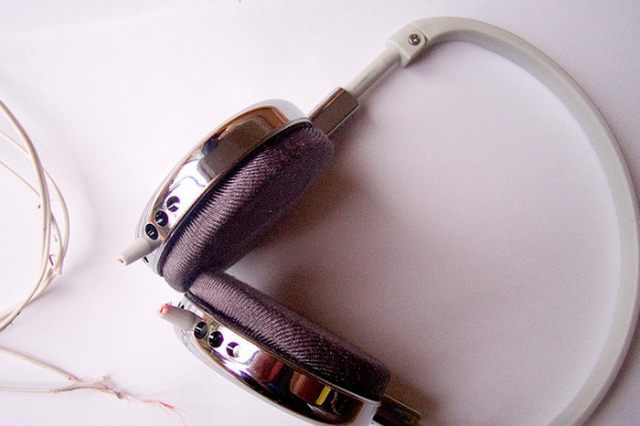We've all sneakily continued to use damaged phone chargers telling ourselves soothingly that, "oh, one more day won't do any harm". Before we know it, we've been using that death-trap of a wire for weeks, if not months. But when should we really say goodbye to those damaged phone chargers?
Let's cut to the chase here. In a benevolent ploy we only really want you to read this article for one reason: to throw away those shredded, damaged chargers NOW. Not tomorrow or next week, but today. This dangerously hot, sparking wire is just one of the reasons why:
According to an Office of Compliance report;
In 2008, electrical fires, electrical failures or malfunctions resulted in an average of 53,600 home fires. These fires caused more than 500 deaths, injured 1,400 people, and accounted for $1.4 billion in property damage. [Similarly,] the Bureau of Labor Statistics of the U.S. Department of Labor reported that in 2007, private sector workers suffered 1,100 electrical burn injuries and 1,480 electrical shock injuries.
These are not very healthy statistics by any standards, and from what we've seen, the figures don't look like they've improved much since.
So What Causes Damaged Chargers?
Wires can be damaged for a number of reasons. One of the most common causes is when you yank the cable to unplug your phone from the wall socket or the side of your laptop, rather than actually pulling the plug/connector itself. This can not only pull the plug from the wire covering, leaving exposed wires dangerously close to where your fingers go, but could even snap the grounding prong on the plug itself.
Sometimes, you might even trap your charging wire in a door, under the leg of your chair, or between the teeth of your dog. This can lead to 'pinching' that can result in sliced chords that expose energized wires. This not only puts you at risk of electric shocks but can also lead to short circuits, damaged gadgets, and fires.
This may not be your fault at all. Power cables may be strong, but they're not designed to last forever. Any appliance that receives regular use, whether that's your iPad or hammer drill, runs the risk of having a damaged cord and exposed wires.
What To Do If A Power Cable Is Damaged
A power cable- the chord that carries electrical power- is made up of three distinct layers. The outer layer is rubber or plastic that fits snugly around the wires. Next is the colored insulation layer which offers some protection against wear and tear to the innermost layer; the energized copper wires themselves.
As soon as you see damage starting to happen to that outer layer of a power cable, whether that's pinching, tearing (where you can see the colored wires), or freys, that's a hint that the inner layers could be damaged, too. This can lead to short circuits (which can damage your appliance) and potential fires. As soon as you see this kind of damage to a wire, temporarily patch it up with electrical tape, and try to get the power chord replaced as soon as possible.
If the damage has done harm to to the middle (and likely the energized) layers, however, you need to stop using that power-cable and replace it now. Not only is this extremely dangerous (especially if you have kids or pets around), it's also a US violation of the National Electrical Code, NFPA 70 in sections 110-2, 110-3 (a) and (b), 110-27 (a), and 250-2 (b)-(d) (Office of Complicance) to use this cable in the workplace.
Some people may think this is melodramatic, but unless you're a qualified electrician, you shouldn't be relying on your own rudimentary electronic knowledge to patch up or splice a damaged power cable. The risks to yourself, your colleagues, kids, pets, home and appliances just isn't worth the few dollars it costs to replace the chord in it's entirety.
What About Other Kinds Of Cables?
If other non power-cables are damaged, such as those on your headphones and USB cables (which carry very low voltages), then replacing the wires needn't be so urgent, though it should be on your to-do list.
To temporarily or semi-permanently repair these kind of wires (or replace them completely) with little more than a sharp blade and some electrical tape, follow a good tutorial such as the video below (to be done at your own risk).
Preventing Damage to Your Cables
If you'd rather prevent your cables getting damaged in the first place, there are a few things you can do, including:
- Always insert and remove the cable by holding on to the connection, not the cable itself.
- Once a device is charged, unplug the cable to prevent unnecessary heating of the wire which can lead to damage (extreme hot and cold temperatures damage wires).
- Carefully roll and store your cables neatly. Don't stuff them into bags, pockets, or boxes.
Along with this, there are two other neat tricks you should learn to keep those cables ship-shape.
1. Create a DIY spring cable support
We've all had to deal with torn phone and headphone cables like this, but a little spring can go a long way to making sure that those wires last longer than usual. You can also use paracord for the same purpose.
2. Learn how to properly roll a cable
Who would have thought there was an art to rolling cable? Well, there is. By learning how to do this properly, you'll help to keep the cables of power tools, vacuum cleaners, and lengthy iPhone and Kindle cables etc in good working order for much longer.
Replace Wisely
When you do get around to replacing those wires you can't repair, make sure you do so wisely. There are a ton of options when it comes to durable cables, including braided nylon iphone chargers and USB cables as well as cable protectors that you could use in your shed and garage.
Image credits: cable cords Via Shutterstock, Bzzzzt by Dave Herholtz (Flickr), The Vacuum Cleaner Ate My Headphones by David Blaikie (Flickr).




